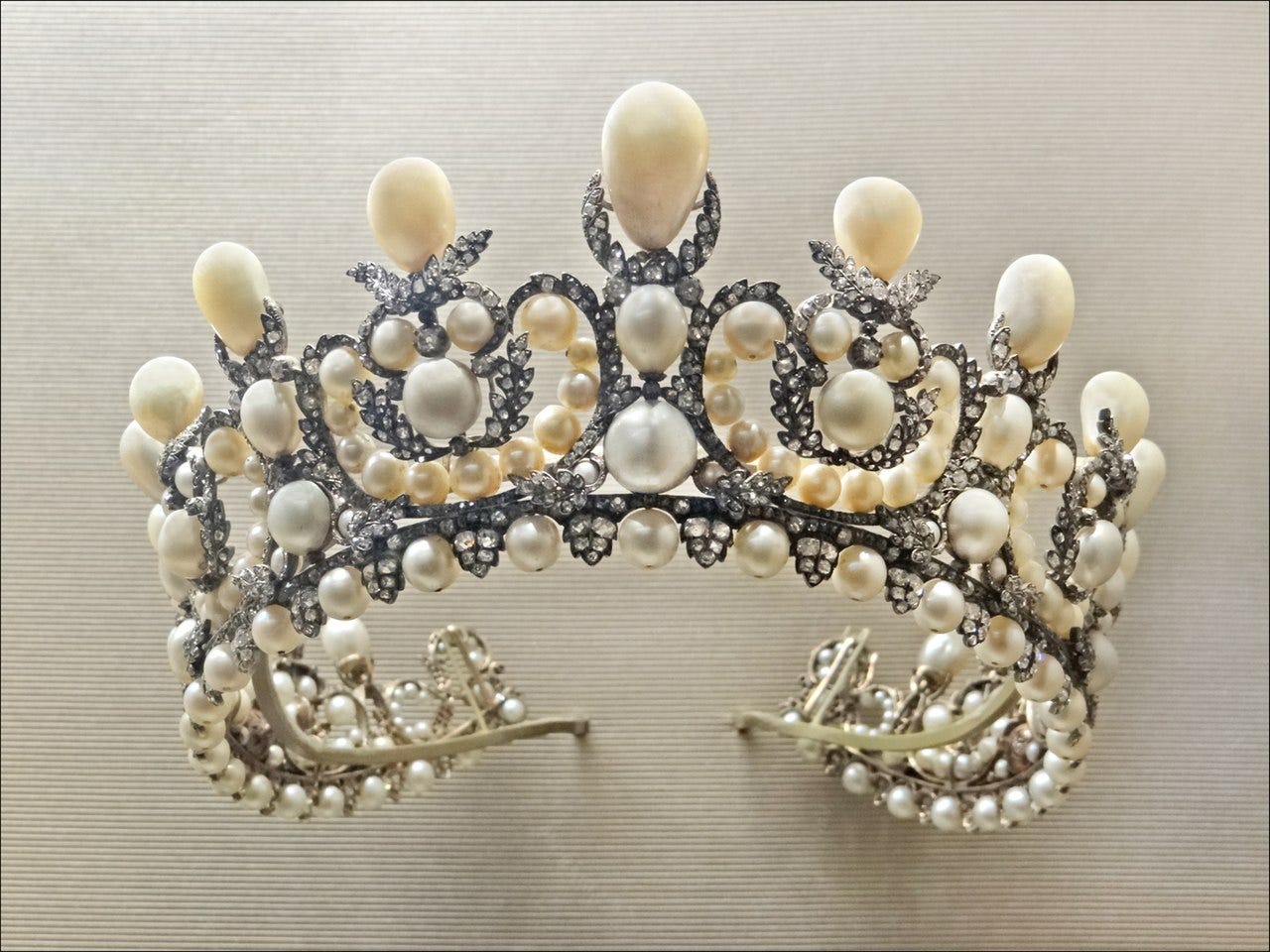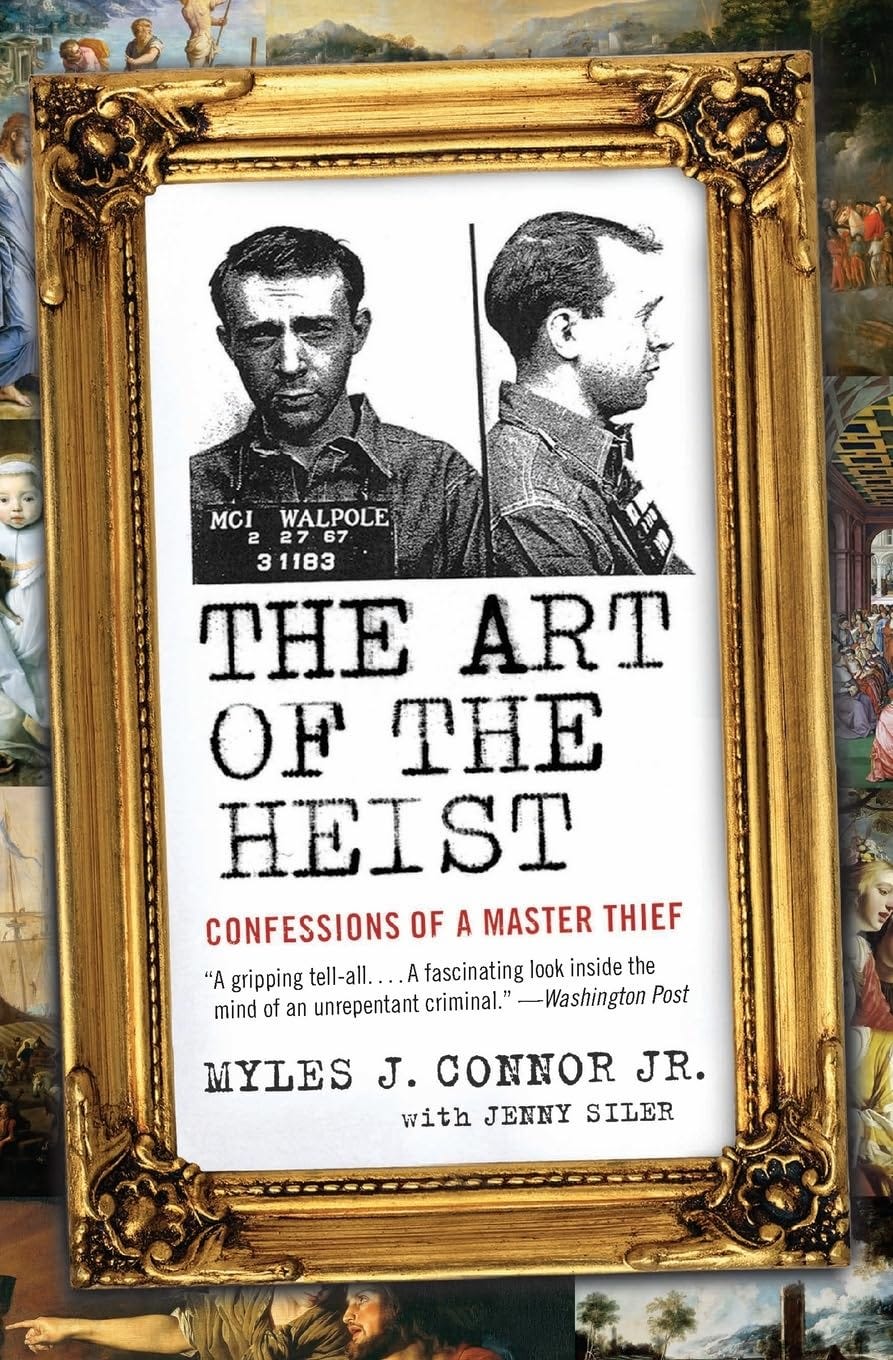Seven Minutes to Steal a Crown
The Art of the Heist
They climbed a ladder, cut a window, and in seven minutes walked away with eight crown jewels that had survived emperors, revolutions, and wars. The world’s most visited museum, supposedly among the most secure, was breached with the ease of a corner shop.
It wasn’t a criminal genius at work. It was speed, simplicity, and timing.
This is the story of how heists actually happen. Not the glamorous, cinematic myths, but the cold, calculated craft that unfolds in silence.
The Seven-Minute Job
The morning of the heist at the Louvre Museum began like any other in Paris. Four thieves parked a truck-mounted furniture lift outside the palace walls. They extended the ladder, cut through an upper-level window, and slipped inside. Within minutes, they smashed display cases in the Galerie d’Apollon and grabbed eight crown jewel pieces, including emeralds and diamonds once worn by Empress Eugénie.
They fled on scooters, leaving behind angle grinders, a construction vest, and the Empress’s 1855 crown, dropped and damaged on the street.
Their success came not from perfection but from precision. They didn’t need to outsmart the entire Louvre. They only needed to outrun its response time.
Seven minutes was all it took to make global headlines.

The Hidden Architecture of a Heist
Art heists follow a pattern more predictable than most institutions care to admit. A criminological study of 40 major thefts between 1990 and 2022 revealed the same spine running through nearly every job: stealth raids and smash-and-grab operations dominate.1 Violence is rare. Technology plays a supporting role, not the lead.
The core formula is simple: speed, simplicity, timing, and familiarity with the target. Crews spend weeks observing guard rotations, shift changes, and building layouts. They pose as tourists, workers, or cleaners. They exploit routines that museums barely notice.
The most successful operations last less than ten minutes. In that tiny window, detection, notification, and response don’t align fast enough. The thieves vanish while security is still waking up.

Why Museums Are Easy Targets
Museums are built to welcome, not to repel. Their mission is public access. Beauty is meant to be seen, not locked behind barricades. But that very openness is their weakness.
Most institutions rely on a mix of visible guards, old surveillance systems, and reputation as a shield. Security budgets lag behind the value of what’s on display. And unlike airports or government buildings, they can’t strip the poetry out of their spaces without losing their purpose.
Thieves know this. They watch for the soft edges: windows that aren’t reinforced, guards who repeat patterns, cameras that record but don’t trigger instant response.
A ladder and a few tools can beat millions of dollars’ worth of security infrastructure if the timing is right.
What happens to stolen jewels once they vanish from museum walls?
The real story doesn’t end with the theft. It begins in the shadows, where imperial crowns are melted, stones are cut into fragments, and history is stripped of its identity.
This part of the article goes deeper than the headlines. Paid subscribers get:
A detailed breakdown of how the black-market network works from smuggling routes to recutting and resale.
A section on the 10 most famous art and jewelry heists in history.
A strategic security checklist, built from real data and lessons from decades of art crimes.
Full citations and references to The Science of Art Theft and The Perfect Heist2.
The 2025 Louvre jewel heist lasted only seven minutes.
That’s how fast a piece of civilization can vanish.
👉 [Subscribe to unlock the full discussion and security framework]




